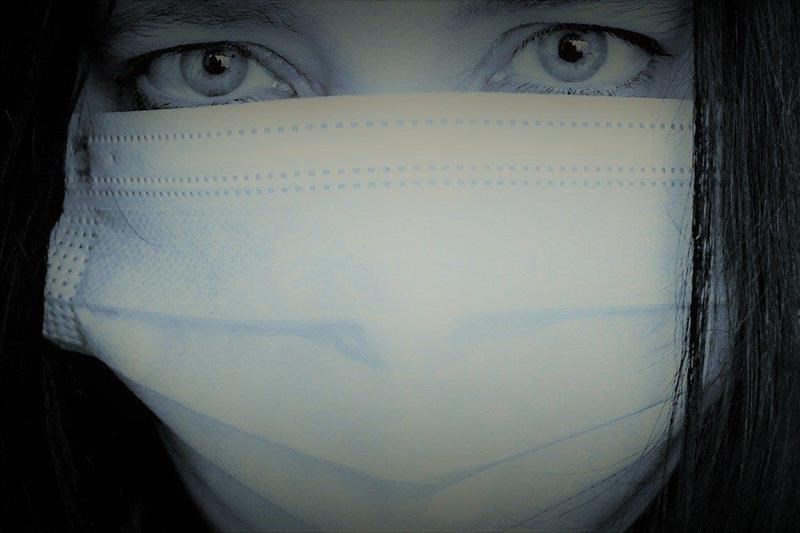Dental nurses – highest potential exposure to COVID-19 but no higher rate of death
Published: 12/05/2020
Whilst dental nursing is the occupation with the highest potential exposure to disease, healthcare workers were not found to have higher rates of deaths involving COVID-19.
A report by the Office of National Statistics (ONS), which estimates exposure to generic disease and physical proximity to others, offers insight into occupations involved working in close proximity with others, as well as those regularly exposed to diseases.
In the UK report, based on US analysis, dental nurses are listed as one of the healthcare professions involved in working very closely with others – putting them at risk of exposure to disease on a daily basis.
They are listed ahead of nurses and medical practitioners, houseparents and residential wardens, care escorts and dental practitioners. Dental technicians were also in the top 10 of those exposed to disease.
However, rates of COVID-19 deaths among male and female health workers were found to be similar to the general population.
Indeed, the highest rates of deaths involving COVID-19 were seen among male security guards (45.7 deaths per 100,000 men), followed by male taxi drivers and chauffeurs (36.4 deaths per 100,000).
The report reads: ‘Looking at the characteristics of the workers in each of these occupations provides an insight into who might be more likely to be exposed to others with COVID-19 while doing their job.’
The ONS found that three-quarters of workers in jobs that required frequent contact with people, and therefore a higher risk, were women.
It reads: ‘There are more women working in occupations that are more likely to be in frequent contact with people and also frequently exposed to disease. Three in four workers (75%) in these roles are women. These include dental nurses, midwives, and veterinary nurses, where women make up the majority of workers.’
The ONS analysed the risk of COVID-19 mortality for specific occupations as part of efforts to understand how the disease is spreading through the UK and who is at increased risk.
It believes the report is a useful indication of which roles may be more likely to come into contact with people with COVID-19, based on what these roles normally entail.
In the latest NHS England and NHS Improvement Primary Care Bulletin, which references the government’s conditional plan to ease restrictions, said: ‘All dental guidance and Standard Operating Procedures currently in force remain unchanged. The temporary cessation of routine dentistry addresses the safety of patients and of dental teams, as well as supporting the public health measures required to slow community transmission of COVID-19. This advice has not changed.’
For more on the ONS statistics, go to https://www.ons.gov.uk/employmentandlabourmarket/p...
Author: Julie Bissett













